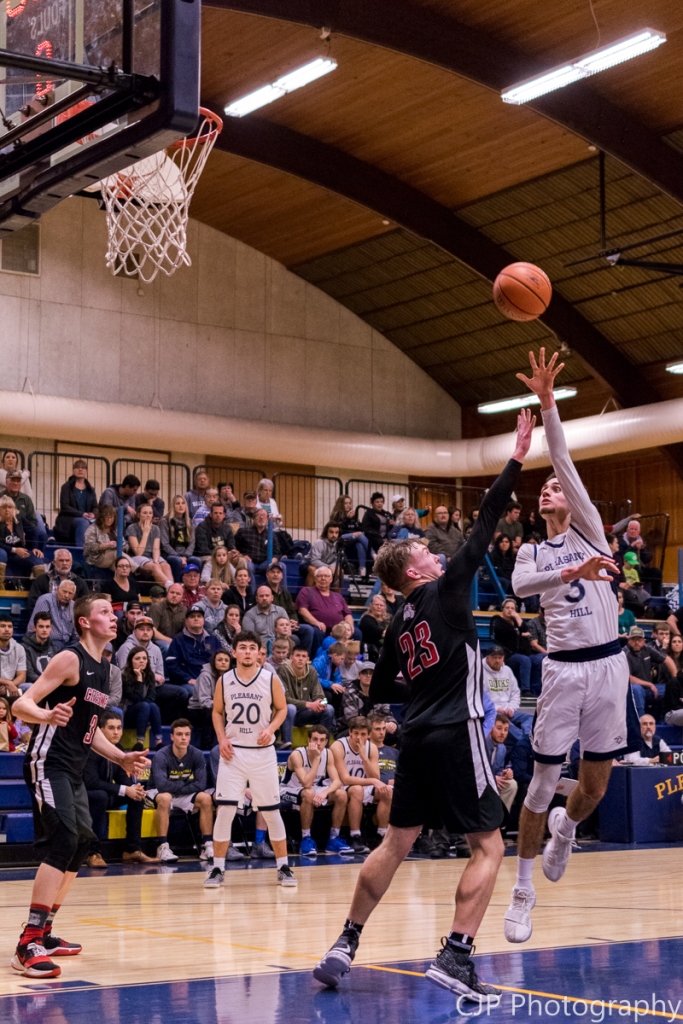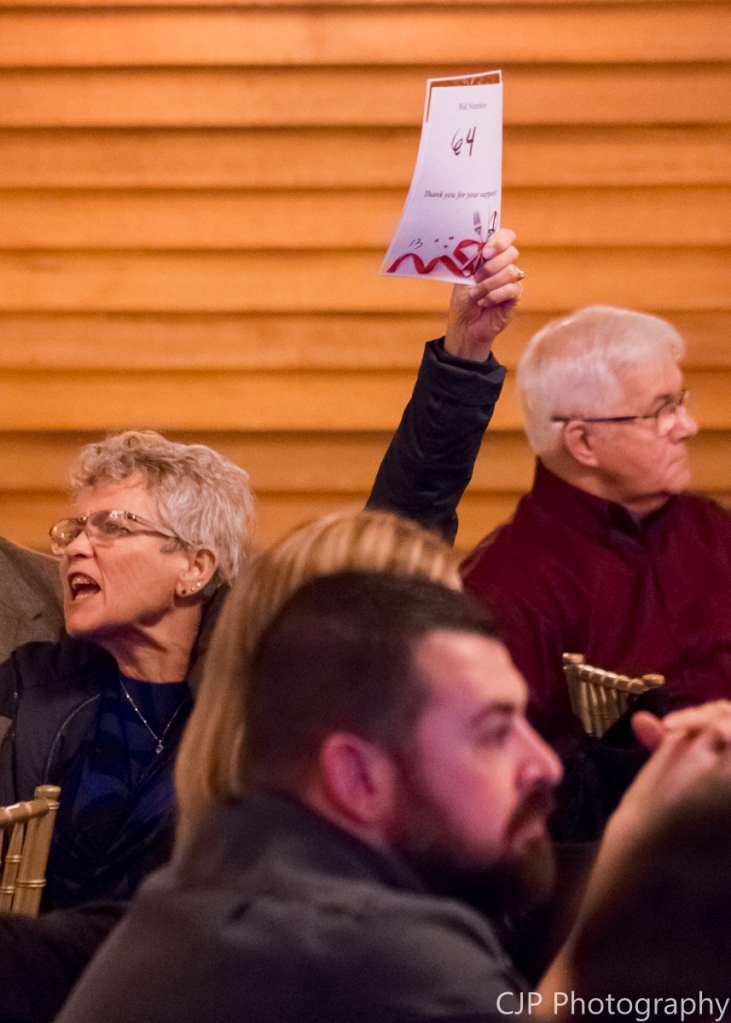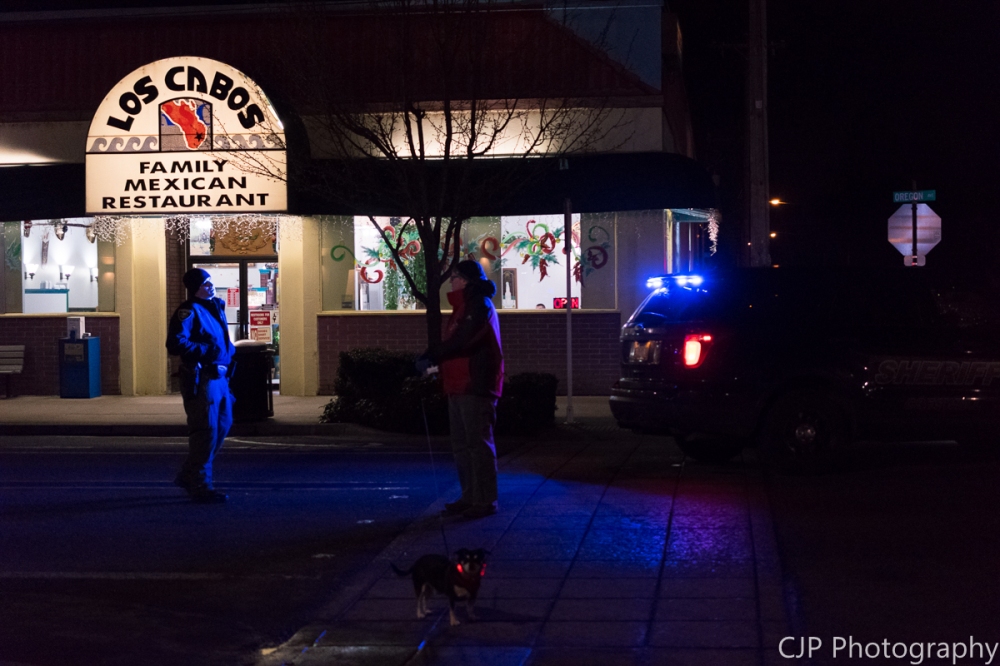Five Questions Photojournalists Get Asked
and How to Resolve Them
Lately, I’ve been working as a freelance photographer for my local newspaper, mostly covering high school events. It’s a great gig and I get to learn something new from some talented people everyday. But I’ve also had some bad days where I didn’t get the shot I was looking for and just wanted to get the cutline info and run.
Either way, here are five questions that need not be asked of photojournalists and what you, dear photojournalist, can learn from them:
-
Did you get any good pictures?
Well, of course I did! I’m a brilliant photographer! Can’t you see that by the big press pass I’m wearing?
 Joking aside, this is a question that either can rub a photojournalist the wrong way or simply be irrelevant. For example, as a sports photographer, I don’t get a lot of time to review my work in the field. I’m so focused on the game because I don’t want to miss anything. That being said, when I do occasionally check a photograph while in the field, I’m merely doing it for autofocus accuracy. That tiny LCD screen really doesn’t give me enough detail to know if I’ve got a real winner until I’ve put the pictures on my laptop.
Joking aside, this is a question that either can rub a photojournalist the wrong way or simply be irrelevant. For example, as a sports photographer, I don’t get a lot of time to review my work in the field. I’m so focused on the game because I don’t want to miss anything. That being said, when I do occasionally check a photograph while in the field, I’m merely doing it for autofocus accuracy. That tiny LCD screen really doesn’t give me enough detail to know if I’ve got a real winner until I’ve put the pictures on my laptop.
Some photojournalists might beg to differ (mostly because they’re usually on a tighter time crunch than I am), but my point is that I don’t like to count my chickens before they hatch. If you really want to know if I got a good photograph or not, go grab a paper and see for yourself. The thought of an image being a “good picture” usually doesn’t hit me until 30 minutes before deadline anyway.
What to Learn PJ: Suck it up and let your big ego take the fall or politely say yes and pretend that you are the best photographer in the world. Either way, this isn’t a question to lose your cool over.
-
Can I have those pictures?
No. Period.
Look, as an up-and-coming freelancer, I try to please everybody and make as many profitable acquaintances as I can. But when you are working for someone else, the photographs go to them. There are exceptions to this, like if the paper you are working for actually recognizes you as a freelancer and says that it’s okay for you to sell photos to other people. But if you are a freelance photojournalist, the best habit to get into is to tell others that they can’t have it until it’s published. That way your newspaper doesn’t get angry at you for giving away their scoop, you have ample time to edit, and the potential clients on the other side aren’t hounding you at the same time as your actual boss.
What to learn PJ: If you are a full-time photojournalist, it’s no until they are printed. If you are a freelancer, it’s no until you’ve finished editing them.
-
Can you please (__________)?
Really? You are asking me to do this now?
This is usually a really open-ended topic that can cover a multitude of things that can come up. The point of it is that the photojournalist’s job is to take photographs. He’s not there to do the meet-and-greet with everyone who walks into the event, chaperone kids, do clean up, DJ, take shout-outs from another group, etc. His job isn’t to provide favors. He’s there on the job to create photographs, whether he likes it or not.
I hasten to add that last part because I am currently working two jobs to provide for myself. That is certainly nothing new to any working photographer, but when you come off of a full shift from your other job to do photojournalism, you want to do just that. It’s not that you can’t do the task the subject asks for or that you don’t want to, it’s just that it’s not the reason why you are at the location. I’ve learned to turn down the offer or bring about another solution that doesn’t involve detracting me from my work.
This also involves paying for things. If the venue you are assigned to photograph asks you to pay for an entrance fee, kindly remind them that you are working (and basically giving the contributing parties free advertising). If they still insist, don’t make a scene over it. The photographs come first. So, simply pay for it and get some kind of receipt so that your boss can reimburse you.

However, this works both ways. Sometimes, it is a real kind gesture that could be in your best interest. Like, when someone with more experience than you offers up an angle that you hadn’t thought of. In this case, the kindness of strangers can work to your mutual advantage. Just be sure to thank them in case the photograph actually makes it in print.
What to Learn PJ: Glean the habit of every single politician: deny, deny, deny.
-
Why are you asking this question?
Well, it’s because I moonlight as a serial killer and I like to keep my options open.
Look, most photojournalists know what they are asking and if it’s an acceptable inquiry within the parameters of the story. However, if there is any doubt about a question, asking this same question to yourself about the line of questioning you just brought forth could bring about the answer. For instance, here’s a couple of questions that can be modified to get the same result but appear more professional:
- Can I have your phone number?
This is an easy question to ask and an even easier one to get a rebuttal. If they ask why, simply state why: “Oh, I may need to follow up for more info”, or “Just in case there is something more you would like to add”. An easier way of getting the answer for this is to ask for a business card. It is the most professional way of getting a phone number and correct spelling of their name as quickly as possible. If there isn’t a professional reason for this one, then you should probably be looking into another line of work.
- Are you single? (or similar, more personal questions)
A great question if you are doing a survey designed to target a certain demographic. Otherwise, there are better ways to pick up chicks. If you need to ask this question, lead with the “why” out front. It will put both parties on a level playing field and give the recipient peace of mind.
- What was that experience like for you?
This is a tread lightly question. If it’s asking about someone’s day at a carnival, it’s pretty self explanatory. If it’s to ask a victim of domestic abuse, the ice is razor thin. This question obviously depends upon the occasion, but one thing to note is that you can usually get all that you need by working around this question with a series of other questions. “Did you like the cotton candy?”, “How was the Ferris Wheel?” “What was one of the attractions that you would recommend?” By being specific, an overall picture can be formed. The danger, however, is when photojournalists (or reporters for that matter) make conclusions based upon assumptions. That’s why being specific with specific questions is as important as being general with general questions.
Another thing to factor in with this question is time. If you are covering a sports event and a player is injured, don’t ask them about it while they are hollering in pain. The information can be reached from another source, like an athletic trainer (God willing), or when the athlete can function on their own a couple of days later. Then a question that appears like an apathetic stab in the back at the time can become an inquiry of genuine concern in the eyes of a victim.
The point is to have reason backup a line of questioning rather than mere curiosity.
What to Learn PJ: Personal vs Professional. Look up the definitions and define your questions in this light before asking them.
-
What is your opinion?
Well, Pat, I think our President should win the highest award available for turning our economy around and Making America Great Again!
Yeah, you really don’t want to hear my opinion. It’s not that photojournalists don’t have opinions (because we do) or that we don’t want to contribute (because we really do!), but keeping our jobs are more important than stewing in the latest gossip. We stay objectified so that you can draw your own conclusions upon the facts.
My thoughts on the matter during an event aren’t much help either. Again, rather recently, I was coming home from a basketball game when I ran into a police barricade. The information I got from the first police officer was that they were searching for a wanted suspect. That is all I had. Suffice to say, that didn’t stop people from asking me a myriad of questions: “What was that explosion? What’s going on? Do you know who it is? When did this happen?” I mean, it’s nice to know that people do recognize when there is a reporter/photojournalist on scene and would like to be informed. In this particular instance, I think that giving out any such information would be more vital to the safety of the readers than the potential scoop the next day. But I still had nothing to give them. I was as clueless as they were.
So, in this moment, all I could offer was opinion. I will admit that I did slip here and input some speculation into my rhetoric as I talked with a couple of people. When caught up in the moment, it just happens.
But this is why we even have the term “fake news”. Whether it’s a time crunch, a slip of the tongue, or just plain journalistic laziness, we screw up and misinform the general audience. Not only do the facts walk out the door, but they take their good friend integrity with them. This is why it is so important to leave all opinions and bias out on the windowsill when you first bake them. Give them time to cool, and a delicious editorial can spring from the end product. Throw them away, and you’ll give your audience a healthy meal of news. But if you jump on them right away, all that you will accomplish is getting burned.
I know this all sounds like something only a reporter would need to care about, but the photographs I took of the event were just about as lackluster in information as the story. Simply making sure that you don’t add your own twist to the story through your image, which is a massive discussion altogether, is what’s most important.
 In this instance, simply choosing a shot of the police officer in blue light instead of red gives a more objective view. Not only does the blue light offer more light on the subjects, but it also gives the subliminal impression that the officer is helping the pedestrian. It’s a cool, calm color. Red, on the other hand, could mean anger and violence. If the red light from the police car is used, some people could interpret the event as a confrontation rather than a helpful conversation (which was the fact of the event).
In this instance, simply choosing a shot of the police officer in blue light instead of red gives a more objective view. Not only does the blue light offer more light on the subjects, but it also gives the subliminal impression that the officer is helping the pedestrian. It’s a cool, calm color. Red, on the other hand, could mean anger and violence. If the red light from the police car is used, some people could interpret the event as a confrontation rather than a helpful conversation (which was the fact of the event).
So, the next time someone asks for something you don’t know about, kindly remind them that your job is to report “just the facts, ma’am”.
What to Learn PJ: Kill the canary before he confesses the family career. Hold the tongue, and keep your opinions to yourself!
Well, I hope that helps you have peace of mind, dear photojournalists, the next time you happen upon these sorts of inquisitive bystanders. Regardless, I hope my experiences in the field have given you a chance to reflect on your own encounters and learn from them.
(DISCLAIMER: Though this is meant to help photojournalists, it’s mostly satire; so please don’t stop asking us questions! We do appreciate the interest.)
